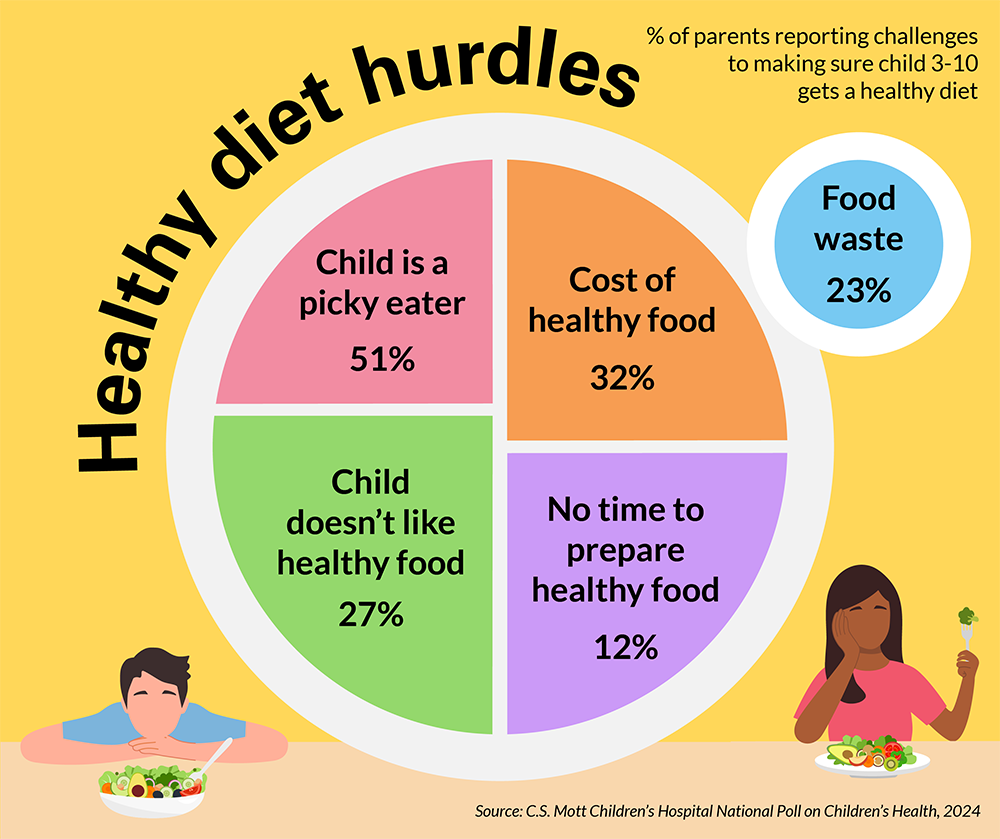Exploring the World: Travel Insights
Your go-to source for travel tips, destination guides, and cultural insights.
Feast or Famine: The Myth of the Perfect Plate
Discover the truth behind the perfect plate! Is it feast or famine? Unravel the myths and elevate your dining experience today!
Debunking the Myth: What the Perfect Plate Really Looks Like
The concept of a perfect plate often leads to unrealistic expectations about how our meals should look. Many people envision a compilation of gourmet ingredients artfully arranged, reminiscent of restaurant dishes that seem unattainable in everyday life. However, it's essential to debunk the myth that perfection in plating is synonymous with health or flavor. In reality, a perfect plate is one that balances nutrition and personal taste rather than adhering to an aesthetic standard. Embracing what works for you individually allows for a more satisfying and relatable dining experience.
When considering what a perfect plate truly entails, one should focus on a few key principles:
- Variety: Incorporating different food groups enhances both visual appeal and nutritional value.
- Color: A colorful plate not only looks delicious but also signifies a range of nutrients.
- Portion Control: Moderation is key; a plate can be considered 'perfect' if it meets your hunger without excessive waste.

Feast or Famine: How Food Culture Shapes Our Perception of the Perfect Meal
The concept of food culture plays a pivotal role in shaping our perceptions of what constitutes the perfect meal. Depending on geographical location, economic factors, and individual upbringing, the definitions of feasting and famine can vary dramatically. In many cultures, meals are celebrated as communal gatherings, where abundance is viewed as a sign of prosperity and status. For instance, during festive seasons, families often prepare elaborate dishes, showcasing their culinary heritage while reinforcing a sense of belonging. Conversely, in areas plagued by food scarcity, the focus may shift to nutrient-dense, simple meals that ensure survival rather than indulgence, highlighting a stark contrast in our global food narrative.
Furthermore, the rise of social media has magnified the influence of food culture on our dining choices. Platforms like Instagram and TikTok have not only popularized various cuisines but have also set unrealistic expectations for the perfect meal. A visually stunning plate can overshadow the actual taste, leading many to prioritize presentation over substance. This phenomenon, often referred to as the “Instagrammable” trend, can result in a culture of feasting that prioritizes aesthetic appeal over traditional cooking practices and flavors. As we navigate these complexities, it becomes essential to find a balance, appreciating the diverse definitions of meals across cultures while savoring the unique stories each dish has to tell.
Is the Perfect Plate a Myth? Exploring Dietary Extremes and Balance
The concept of the perfect plate often elicits passionate debate among nutrition enthusiasts and dieticians alike. At one end of the spectrum, proponents of strict dietary regimes advocate for highly controlled meal plans that exclude entire food groups. These dietary extremes can manifest in various forms, such as keto, paleo, or veganism, each with its own set of rules and principles. However, these rigid frameworks can sometimes lead to nutritional deficiencies or unhealthy relationships with food. So, is the perfect plate a myth? This question invites us to challenge the binary thinking that places foods into 'good' or 'bad' categories, urging us to consider the nuances of our individual dietary needs.
In contrast, a more balanced approach to eating emphasizes the importance of moderation and variety. Instead of striving for an unattainable ideal, embracing a diet that includes a range of food groups can support overall health and well-being. The perfect plate might not exist in a one-size-fits-all format, but rather as a dynamic concept that evolves with each person’s lifestyle and health requirements. Engaging with our food and being mindful of how it fuels our bodies can foster a sustainable relationship with eating, ultimately empowering individuals to find their own balance in the vast landscape of dietary choices.